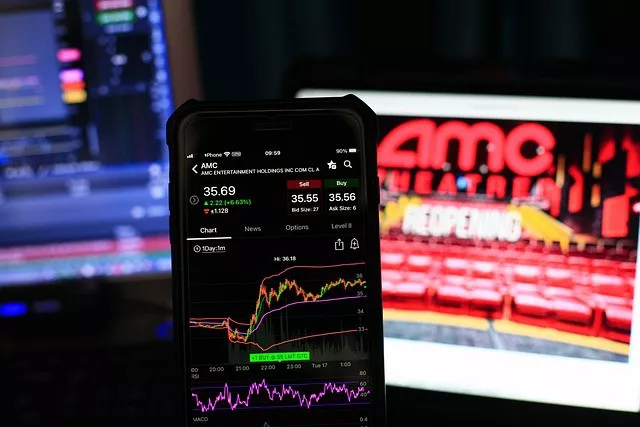The silver market has experienced a significant decline in prices recently, leaving investors and analysts puzzled. This article delves into the various factors contributing to the downward trend in silver prices. By examining global economic conditions, monetary policy shifts, industrial demand, and investor sentiment, we aim to shed light on why silver prices are currently experiencing a downturn.
Global Economic Conditions:
The state of the global economy plays a crucial role in determining the direction of silver prices. Economic growth prospects, inflationary pressures, and geopolitical tensions can all influence investor sentiment towards silver. In recent months, concerns have emerged regarding slower economic growth in key markets, such as China and Europe. These uncertainties have prompted investors to seek safer assets, leading to a shift away from silver. Moreover, reduced industrial activity due to supply chain disruptions and labor shortages also negatively impacts silver demand, further pressuring prices.
Monetary Policy Shifts:
Monetary policy decisions by central banks significantly impact precious metal prices, including silver. Over the past year, major central banks, including the U.S. Federal Reserve, have embarked on a path of tightening monetary policy by gradually reducing their bond-buying programs and signaling potential interest rate hikes. These actions aim to combat rising inflation and normalize monetary conditions. As expectations of higher interest rates increase, silver’s appeal diminishes since it does not provide yield or income like interest-bearing assets. Consequently, investors rotate their capital towards higher-yielding instruments, resulting in a decline in silver prices.
Industrial Demand and Supply :
Silver has extensive industrial applications, making it sensitive to changes in industrial demand. The ongoing global semiconductor shortage, triggered by disruptions in supply chains, has adversely affected various industries, including electronics and automotive sectors, both of which heavily rely on silver for manufacturing purposes. The reduced demand for silver in these sectors has contributed to its declining prices. Furthermore, silver mining and production have faced challenges due to labor shortages and operational constraints, impacting supply levels. A decrease in industrial demand combined with potential supply chain disruptions has put downward pressure on silver prices.
Investor Sentiment:
Investor sentiment plays a crucial role in determining short-term fluctuations in silver prices. The precious metals market is highly influenced by speculative trading activities, which can amplify price movements. During times of economic uncertainty, silver is often viewed as a safe-haven asset, offering protection against inflation and volatile markets. However, when market conditions improve, investors tend to reallocate their portfolios towards riskier assets, such as equities, resulting in reduced demand for silver. In addition, the rise of alternative investments, including cryptocurrencies, has diverted some investor attention away from traditional precious metals like silver. These factors collectively contribute to negative sentiment surrounding silver, leading to its recent decline.
Conclusion:
The recent decline in silver prices can be attributed to a combination of factors, including global economic slowdown, monetary policy shifts, weakened industrial demand, and changes in investor sentiment. While the overall landscape for silver remains uncertain, it is essential for investors and market participants to closely monitor key economic indicators, central bank policies, industrial activity, and prevailing market sentiment to gain insights into future price movements. By understanding these complex dynamics, investors can make informed decisions regarding their silver holdings and adapt their strategies accordingly.


